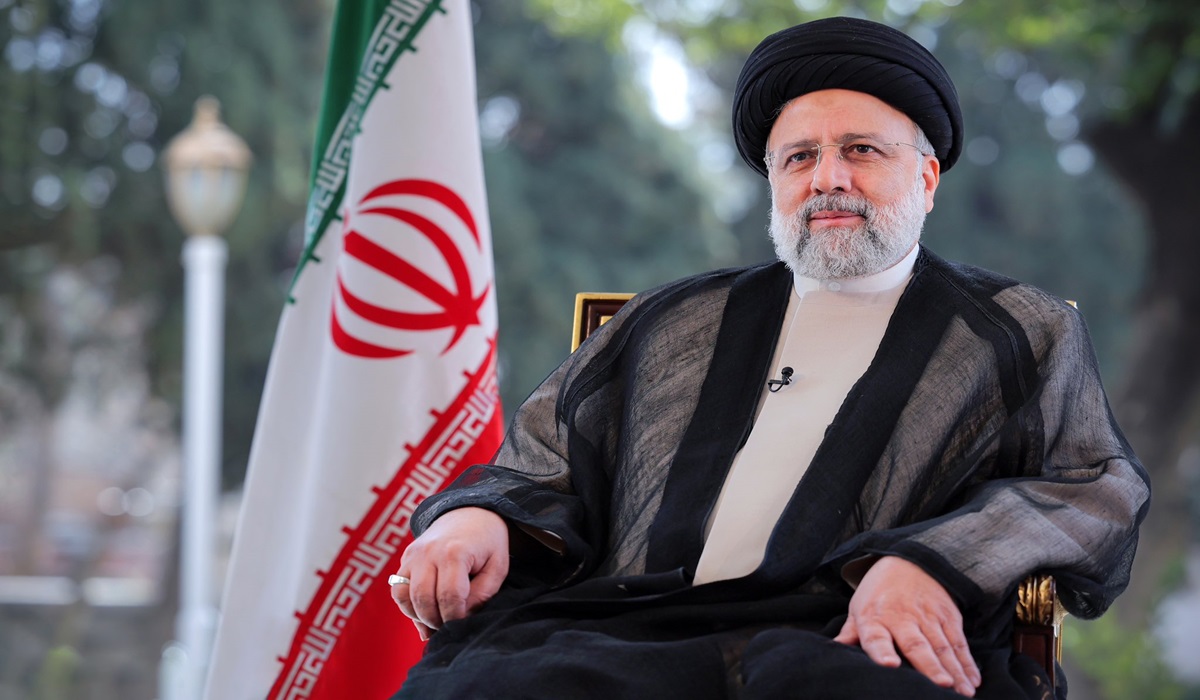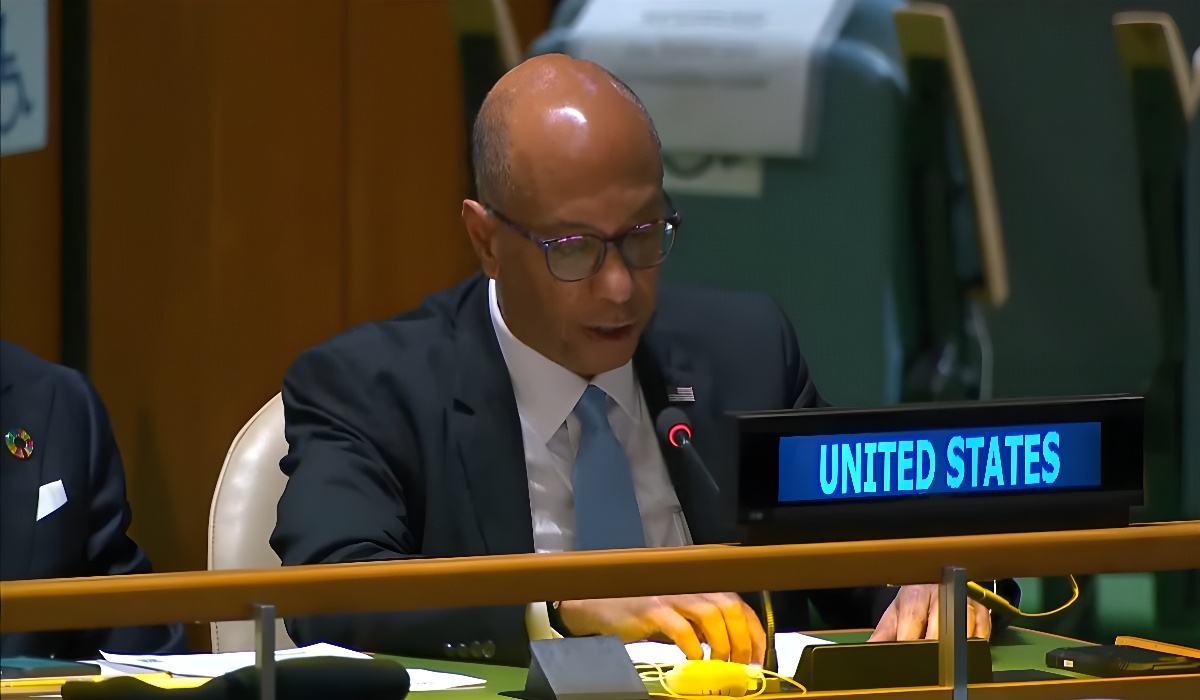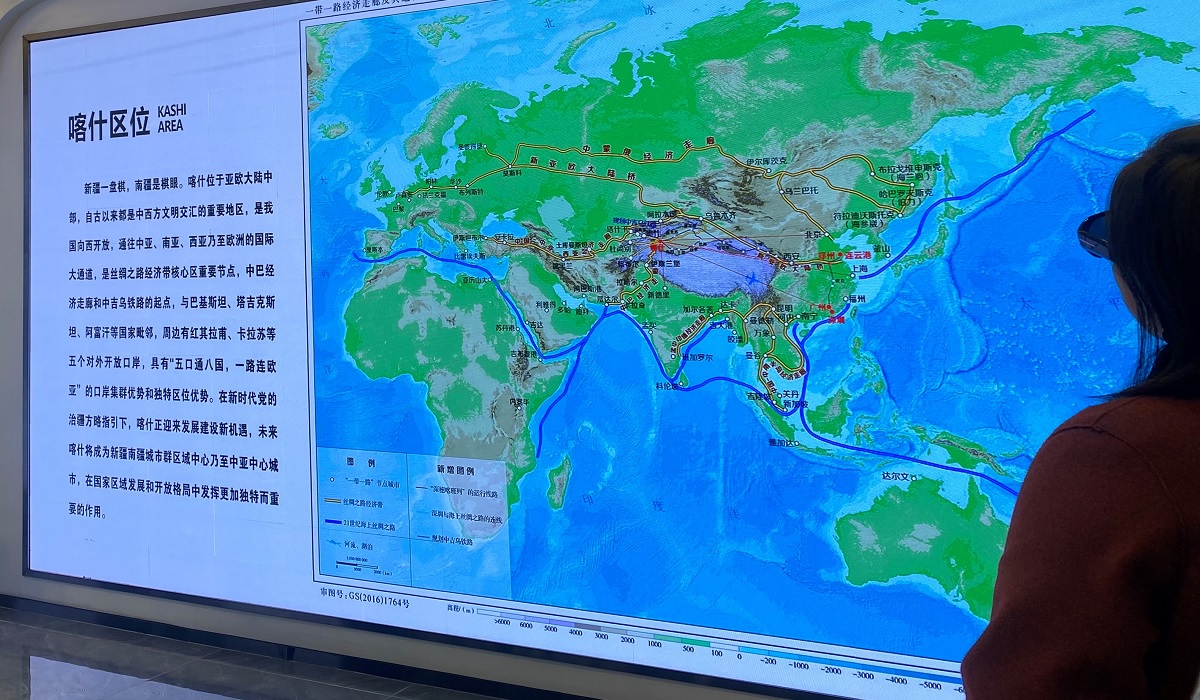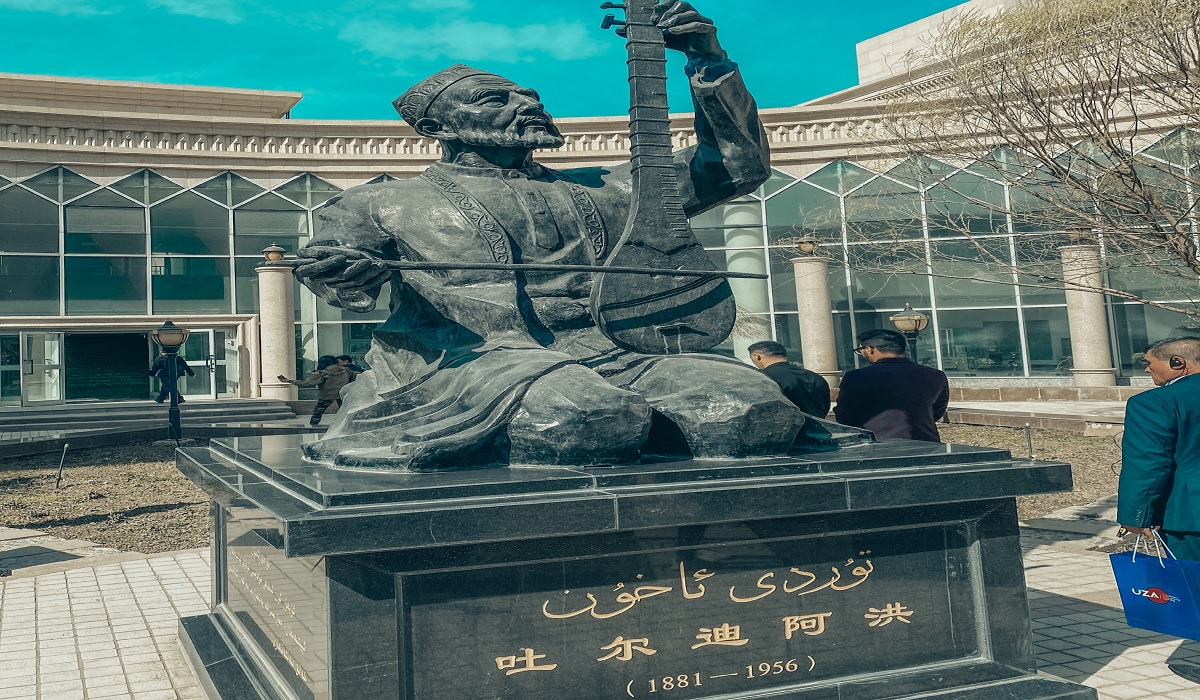Interpretation of Chinese Modernization
- TDS News
- Asia
- Breaking News
- China
- East Asia
- Op-Ed
- July 27, 2023
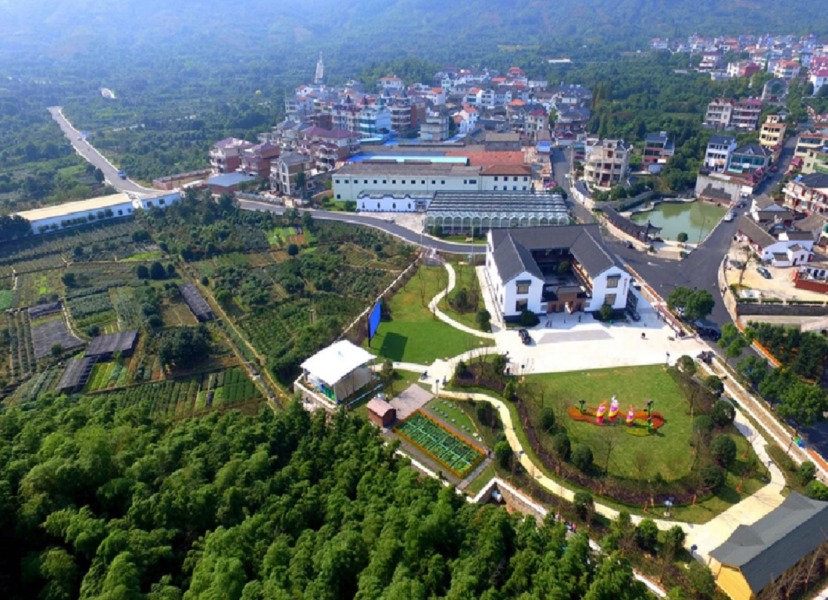
By Hong Hong,
Acting Consul General of the People’s Republic of China in Toronto
The”Thousand Villages Demonstration and Ten Thousand Villages Renovation” project is a major decision that General Secretary Xi Jinping personally planned, deployed and promoted when he was working in Zhejiang Province, and the full implementation of the project has profoundly changed the province’s countryside in the past 20 years. Living environment was bad in Tangdi village, Shaoxing City, with debris piled up and farmyard manure placed around the house. Now, it is “national beautiful and livable demonstration village” and “national ecological culture village”. The village road is spacious and clean with neighbourhood neatly arranged. There is a 3.6 kilometers long road around the village stringing a spectacular sea of flowers.
Building China into a great modern socialist country in all respects and to advance the rejuvenation of the Chinese nation on all fronts is the mission of the Communist Party of China (CPC) in the new journey of the new era. What kind of way, manner and means will China use to realize the goal of the struggle and accomplish the mission and task? This is Chinese modernization. The report to the 20th National Congress of the CPC outlined and elaborated the theory of Chinese modernization when it drew a grand blueprint for the new journey in a new era. Chinese modernization is not just an abstract concept. The “Thousand Villages Demonstration and Ten Thousand Villages Renovation” project has created successful experiences and practical examples of China’s agricultural and rural modernization. The vivid practice of Tangdi village in promoting rural revitalization and common prosperity is the epitome of Chinese modernization.
Chinese modernization is the result of long-term practical exploration by the CPC and the Chinese people, and has five Chinese characteristics. Firstly, Chinese modernization is the modernization of a huge population. Secondly, Chinese modernization is the modernization of common prosperity for all. Third, Chinese modernization is the modernization of material and cultural-ethical advancement. Fourth, Chinese modernization is the modernization of harmony between humanity and nature. Fifth, Chinese modernization is the modernization of peaceful development. The essential requirements of Chinese modernization are as follows: upholding the leadership of the CPC and socialism with Chinese characteristics, pursuing high-quality development, developing whole-process people’s democracy, enriching the people’s cultural lives, achieving common prosperity for all, promoting harmony between humanity and nature, building a human community with a shared future, and creating a new form of human advancement.
Realizing modernization is a relentless pursuit of the Chinese people since modern times began. It is also the common aspiration of people of all countries. Chinese modernization is a major innovation in the theory and practice of modernization in the world, providing a brand-new model for the vast number of developing countries, creating a new form of human civilization, pointing out the direction of future development for building a community with a shared future for mankind, and opening up a new realm of socialist development. China hopes to share new development opportunities with all countries around the world through its achievements in modernization, and together make the world a better place.
This year, China has introduced a number of measures to adjust and optimize the management of the flow of people between China and foreign countries, making it easier to visit China. We expect more Canadians to travel to China and see for themselves the charm of Chinese history and culture, the beauty of its natural scenery and the achievements of Chinese modernization.
China welcomes you!

